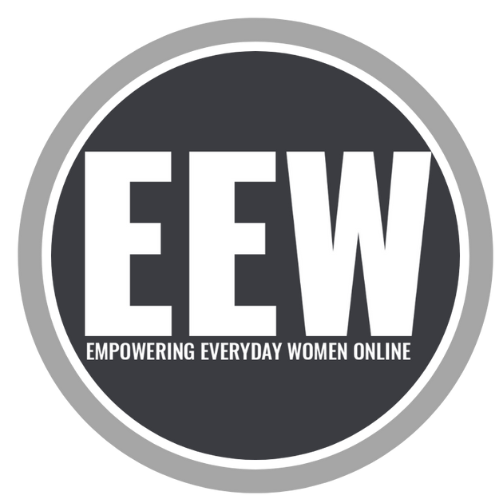The remarkable way a Black family’s Bible ended up on display at the Smithsonian
The Collins Bible at the National Museum of African American History and Culture in Washington, D.C.
(Credit: Kent Nishimura / Los Angeles Times)
African American reporter, Erin B. Logan, captures this remarkable and inspiring account for the Los Angeles Times.
Denise Diggs visited the Smithsonian National Museum of African American History and Culture on the hunt for a Bible once owned by her family’s patriarch.
When the 62-year-old found the holy book that belonged to her great-grandfather, it was behind thick glass in a section highlighting the experiences of enslaved people and faith on the plantation.
She wept.
Richard G. Collins and Kate Collins.
(Credit: Kent Nishimura / Los Angeles Times)
“It’s pretty amazing to me that it got here and that we still have it. And it’s legible,” said Diggs, who is overwhelmed that her ancestor’s Bible is now displayed in one of America’s most esteemed museums.
The remarkable journey began 30 years ago in San Bernardino, when the Diggs family found the Bible in a box of books set to be donated to charity.
When they cracked open the Bible, “In its pages, the family found notes from an enslaved, literate ancestor who documented five generations of births, deaths and marriages. His neat script provided the clues necessary for Diggs and her brother to trace their lineages back to the shores of Africa,” reports LA Times.
“It is not particularly common for African American families to find artifacts from the era of enslavement,” said Brenda Stevenson, a historian at the University of Oxford. “Most enslaved people were not literate and records documenting their existence were produced by slaveholders who emphasized their financial value over their humanity.”
This was a remarkable exception.
When Denise Diggs’ sister-in-law, Carlotta Diggs, stumbled across the worn and dusty Bible in the 1980s, she was fascinated by notes detailing names and birth dates as well as death dates and marriages.
Carlotta Diggs’ mother-in-law, Natalie Diggs, looked at the notes herself and saw the names of her father and his siblings. She realized the book belonged to her grandfather Richard Collins.
Mary Elliot, a curator at the National Museum of African American History and Culture, said, Bibles have long been used by “Black families to record their family records, to record those important moments in their lives and to record their stories.”
However, Bibles were not often preserved, leaving the family to rely on oral history.
“There are some things that aren’t always written. They’re not always glaringly apparent,” Elliot said. “But there’s ways to track down those breadcrumbs that tell us more about the story.”
The Diggs family was blessed to be able to track their heritage and lineage through five generations thanks to the records left behind by Richard Collins.
Then, in 2012, once the family research was done, Denise Diggs saw a PBS news segment about the Smithsonian Institution’s newest museum seeking African American artifacts. After some deliberation, the family decided to donate it.
Richard Diggs flew with the Bible from Los Angeles to Washington, D.C., where a Smithsonian curator confirmed it was printed in 1869. About a year later, Diggs received a letter from the museum requesting permission to put the Bible on display.
In 2016, when the museum first opened its doors, the Bible was placed on showcase. Denise Diggs, because of her work schedule and the COVID-19 pandemic, was unable to see the display for six years.
But when she finally laid eyes on it, she said the emotional moment was worth the wait.
The museum’s description of the Bible notes that to Richard Collins’ descendants, he “never considered himself a slave,” even though he was born into bondage.
Inspiring.
Read the full story.







